| Item Type: | Article |
|---|---|
| Title: | Erk associates with and primes GSK-3beta for its inactivation resulting in upregulation of beta-catenin |
| Creators Name: | Ding, Q., Xia, W., Liu, J.C., Yang, J.Y., Lee, D.F., Xia, J., Bartholomeusz, G., Li, Y., Pan, Y., Li, Z., Bargou, R.C., Qin, J., Lai, C.C., Tsai, F.J., Tsai, C.H. and Hung, M.C. |
| Abstract: | Beta-catenin is upregulated in many human cancers and considered to be an oncogene. Hepatocellular carcinoma (HCC) is one of the most prevalent human malignancies, and individuals who are chronic hepatitis B virus (HBV) carriers have a greater than 100-fold increased relative risk of developing HCC. Here we report a mechanism by which HBV-X protein (HBX) upregulates beta-catenin. Erk, which is activated by HBX, associates with GSK-3beta through a docking motif ((291)FKFP) of GSK-3beta and phosphorylates GSK-3beta at the (43)Thr residue, which primes GSK-3beta for its subsequent phosphorylation at Ser9 by p90RSK, resulting in inactivation of GSK-3beta and upregulation of beta-catenin. This pathway is a general signal, as it was also observed in cell lines in which Erk-primed inactivation of GSK-3beta was regulated by IGF-1, TGF-beta, and receptor tyrosine kinase HER2, and is further supported by immunohistochemical staining in different human tumors, including cancers of the liver, breast, kidney, and stomach. |
| Keywords: | Amino Acid Motifs, Breast Neoplasms, Cultured Tumor Cells, Cytoskeletal Proteins, Enzyme Activation, Extracellular Signal-Regulated MAP Kinases, Glycogen Synthase Kinase 3, Hepatocellular Carcinoma, Insulin-Like Growth Factor I, Liver Neoplasms, Phosphorylation, Trans-Activators, Up-Regulation, beta Catenin, erbB-2 Genes |
| Source: | Molecular Cell |
| ISSN: | 1097-2765 |
| Publisher: | Cell Press |
| Volume: | 19 |
| Page Range: | 159-170 |
| Date: | 1 January 2005 |
| Official Publication: | https://doi.org/10.1016/j.molcel.2005.06.009 |
| PubMed: | View item in PubMed |
Repository Staff Only: item control page

 Tools
Tools Tools
Tools

